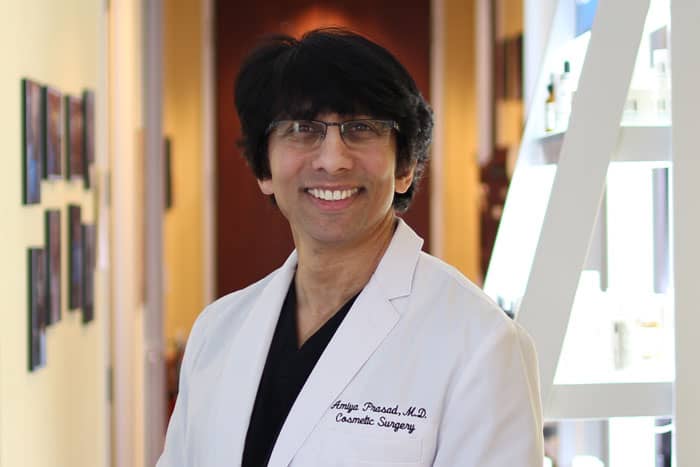People contacting us who are concerned about facial fat loss following treatment with thermal energy devices are a growing problem in the aesthetic field. Thermal devices, such as laser and radiofrequency devices, are frequently aggressively marketed as alternatives to surgical procedures such as facelifts and neck lifts. Although these devices can help with facial aging by stimulating collagen and remodeling the skin, they are not a replacement for surgery.
Aggressive Marketing, and the Risk of Overusing Lasers and RF Devices
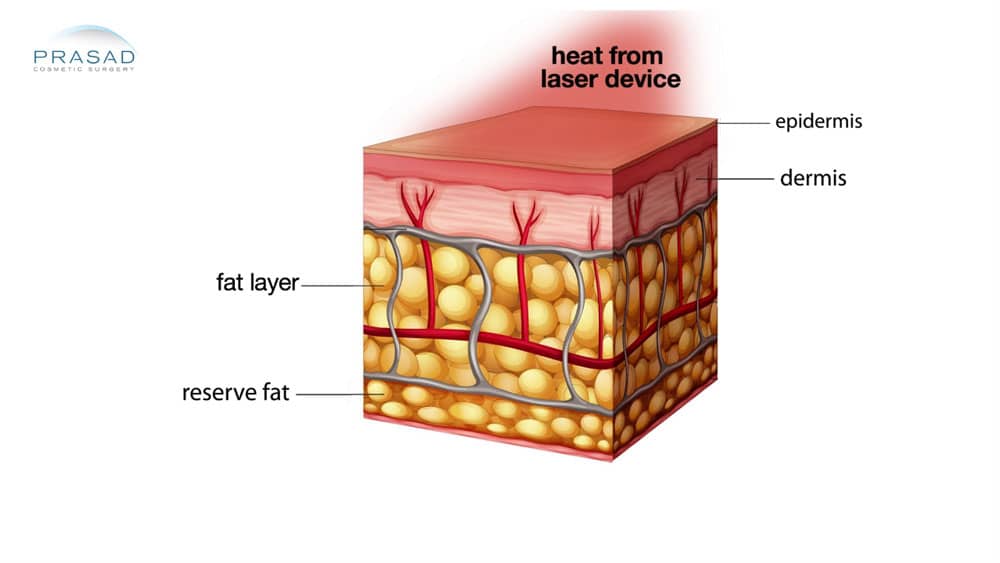
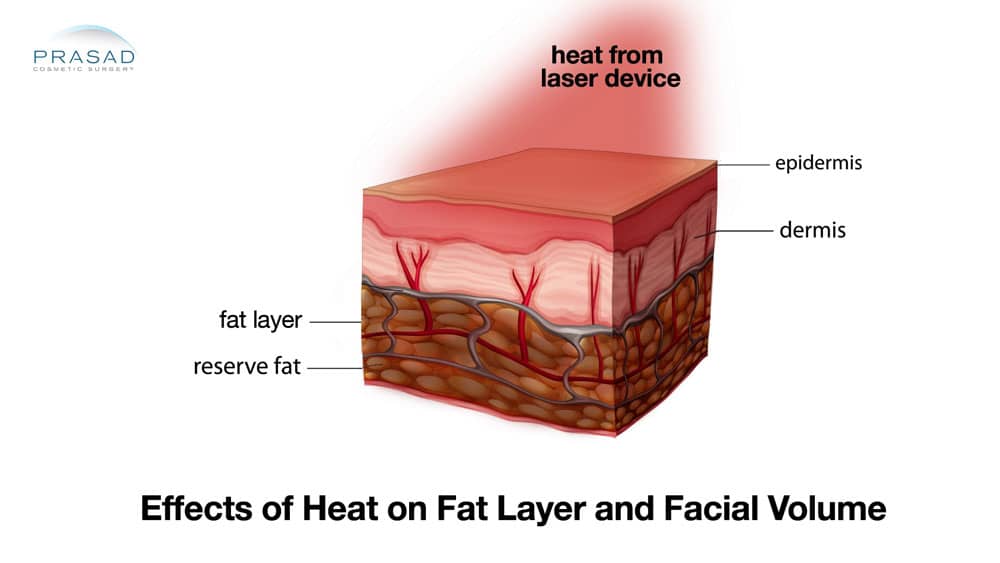
Regardless of who uses these devices, improper and overly aggressive use of lasers or radiofrequency devices can cause facial fat loss. I’ll discuss the role of laser or radiofrequency technology in my practice, and how you can understand the indications for this technology so you don’t overcook your skin.
Laser Treatment vs. Chemical Peels
Prior to the introduction of the CO2 laser, chemical peels were the gold standard for treating lines, wrinkles, and skin discolorations. Chemical peels, whether superficial, medium, or deep, ablate different levels of the skin, resulting in the regeneration of new skin. In response to the facial peels, a certain amount of collagen was produced, which improved the skin’s texture, quality, and color.
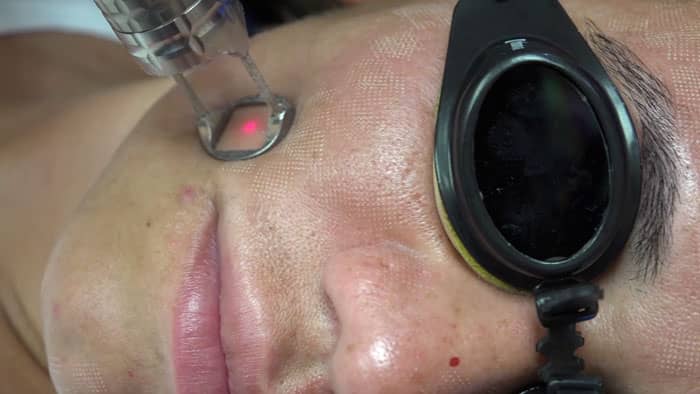
The Role of Bone Loss in Facial Aging
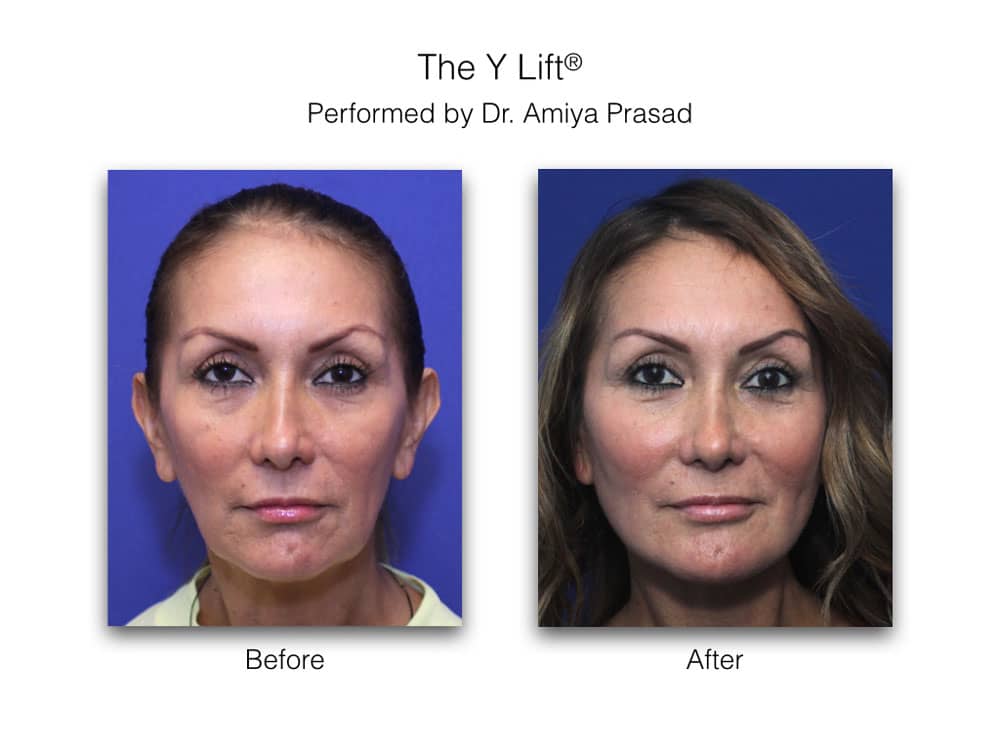
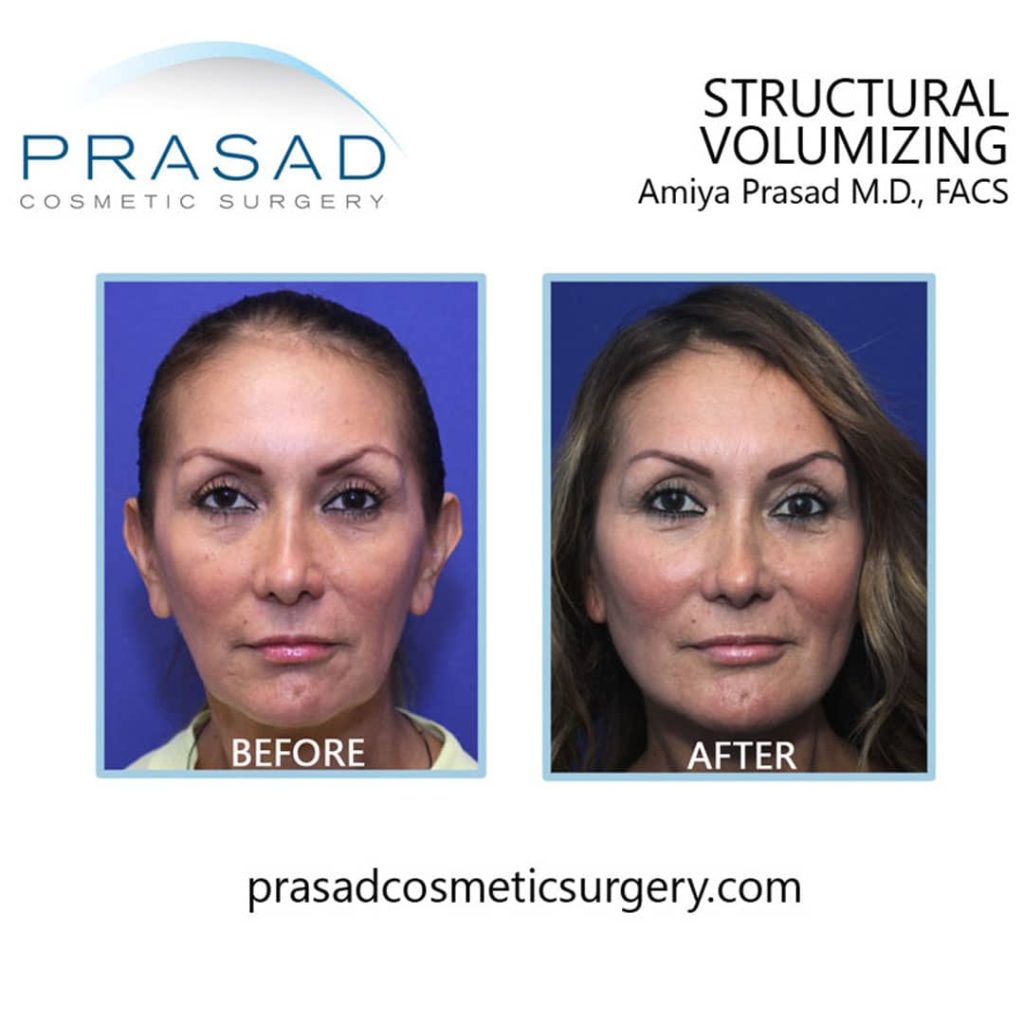
Why Structural Volumizing is Better for Facial Fat Loss Treatment
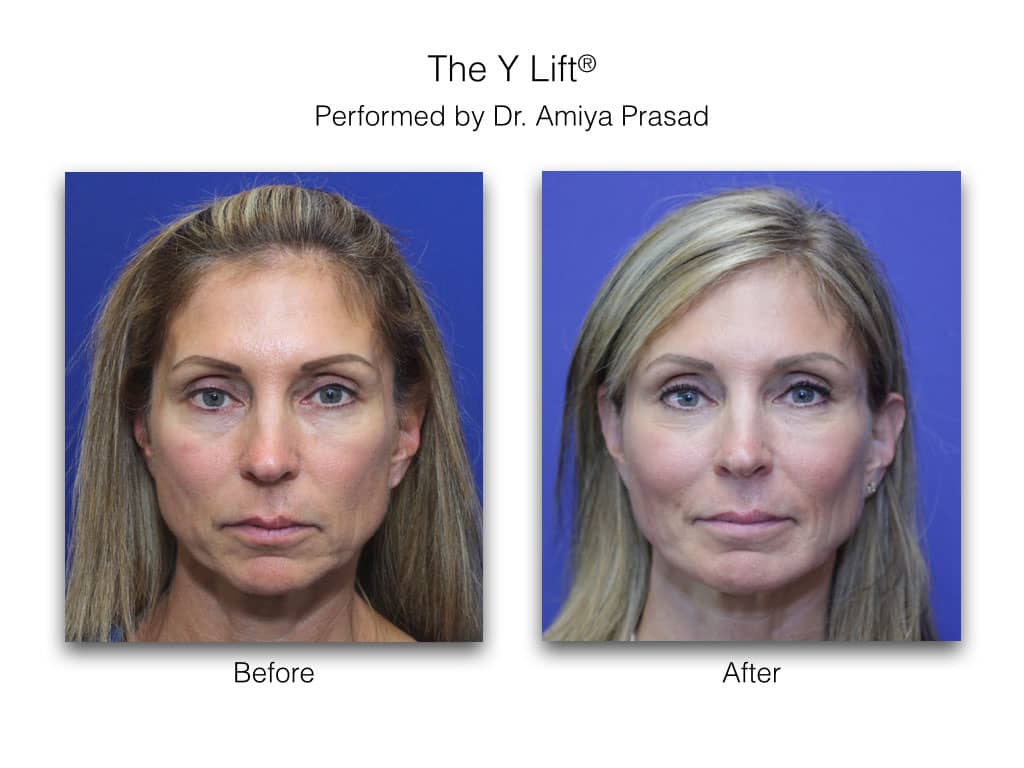
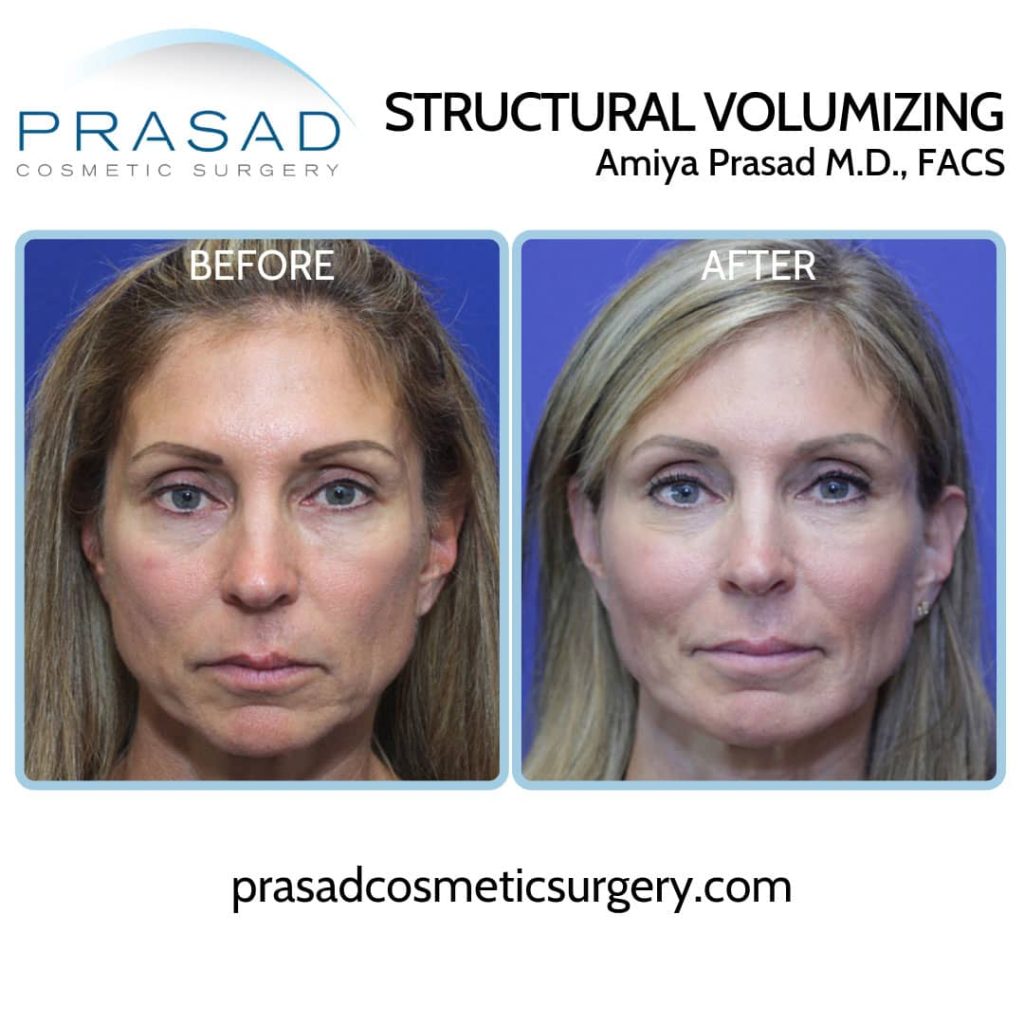
Facial Volume Loss Treatment for Women above 50s
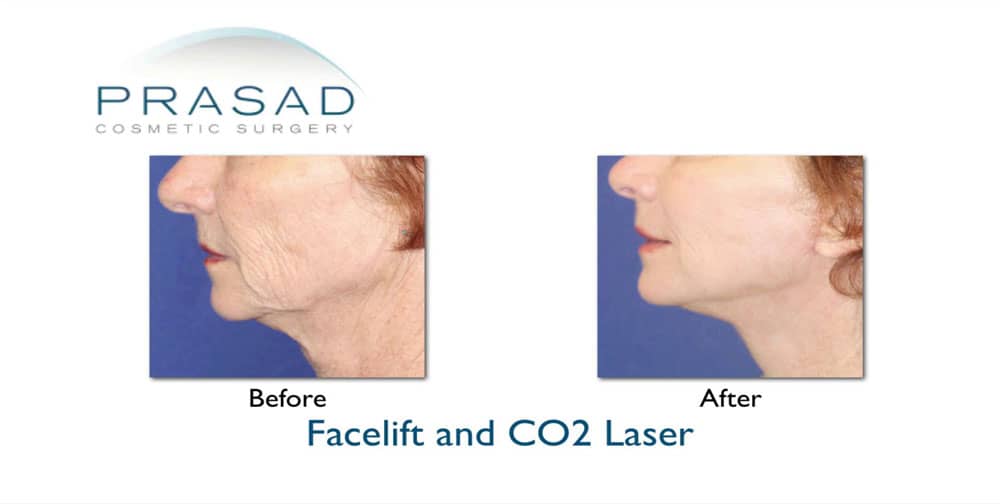
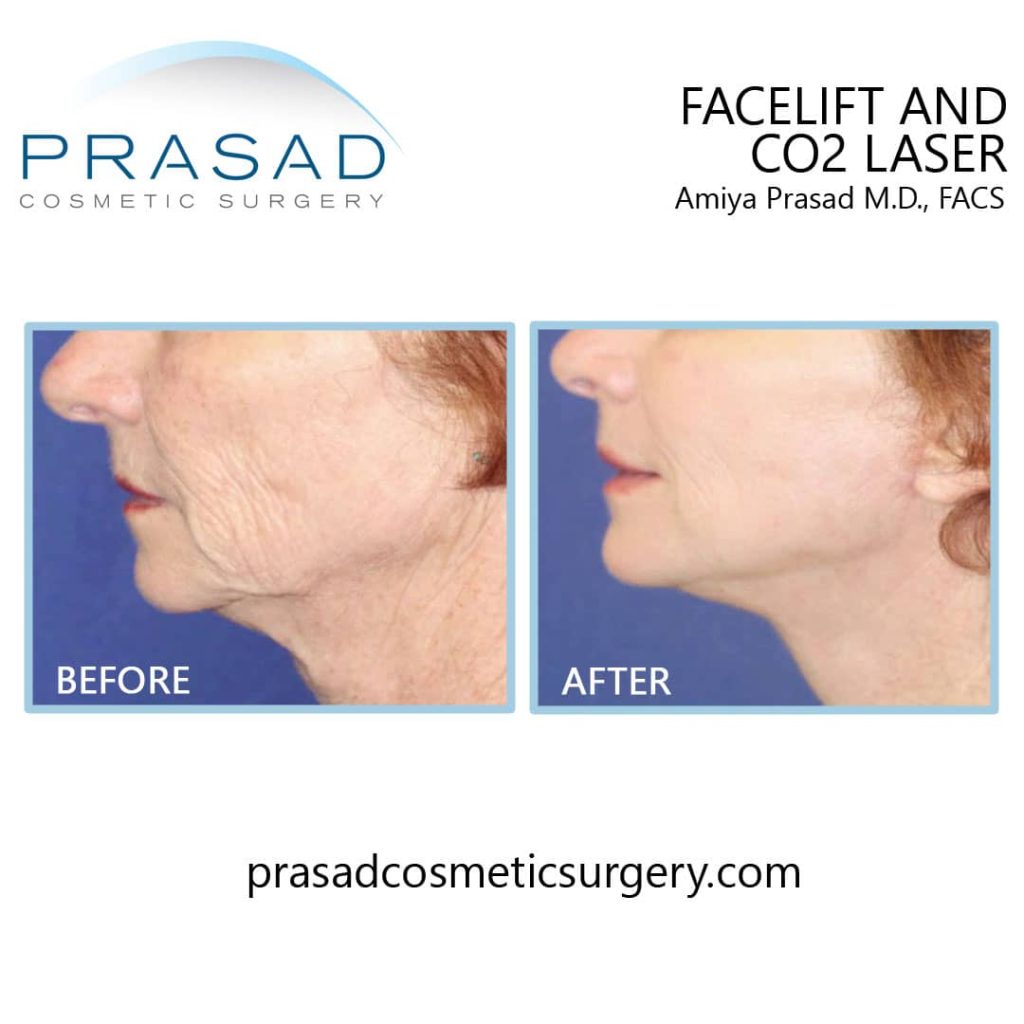
Furthermore, at this age, the skin is thinner, and the layer of youthful fat beneath the skin is diminishing. Over the last two decades, I have helped many people overcome their fear of facelift surgery by performing these procedures in my certified office operating facilities under local anesthesia with LITE IV sedation. My patients are able to undergo more definitive surgery with faster recovery by avoiding both general anesthesia, and institutional facilities such as hospitals where you can feel like a number.
Why Facial Volume Loss Can Happen from Laser / RF Devices
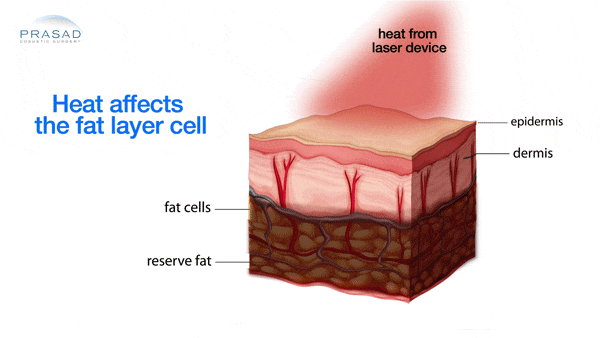
When a thermal treatment fails, the practitioner will frequently increase the heat intensity, or expose the skin to prolonged heat exposure. Excessive heat use or prolonged exposure to thermal energy devices can result in fat loss beneath the skin. The presence of a layer of fat beneath the skin is essential for the appearance of smooth, youthful skin. This indicates that the treatment made the skin appear older. Skin burn, blistering, scarring, and prolonged redness are some of the other complications.
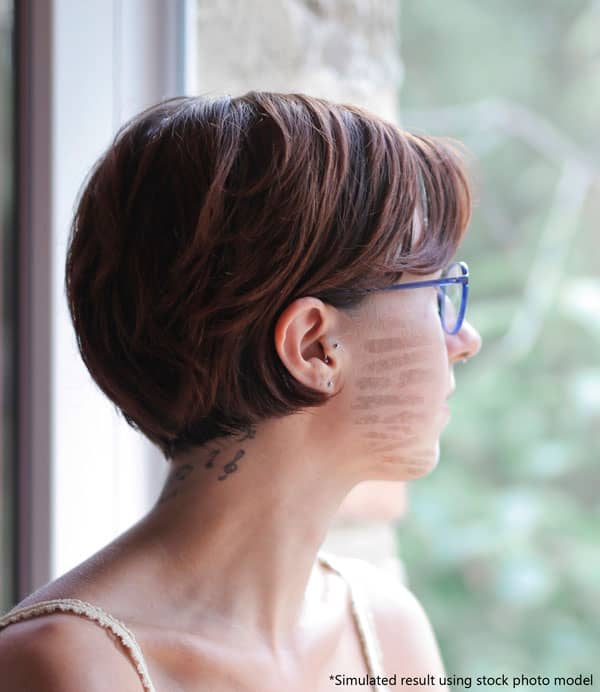
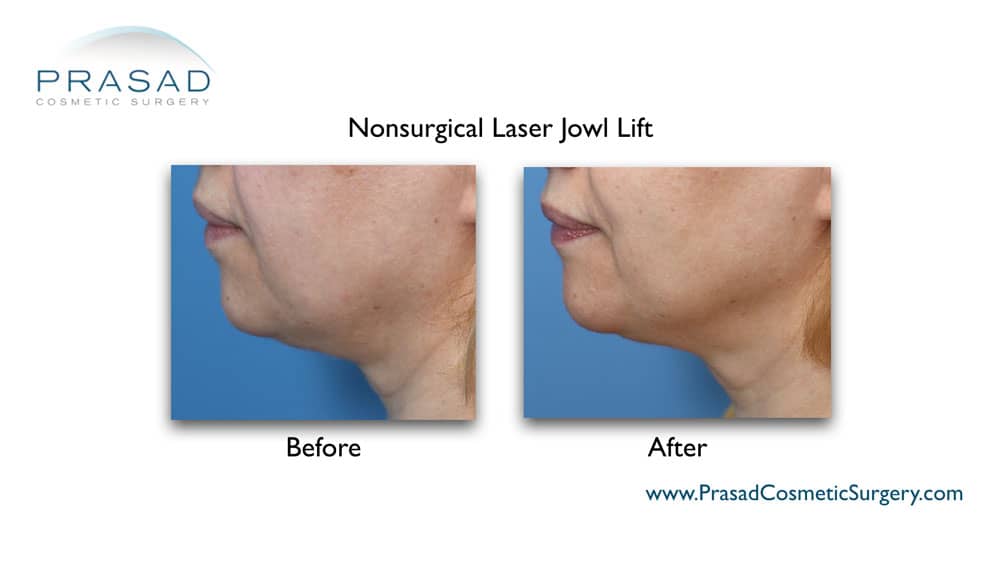
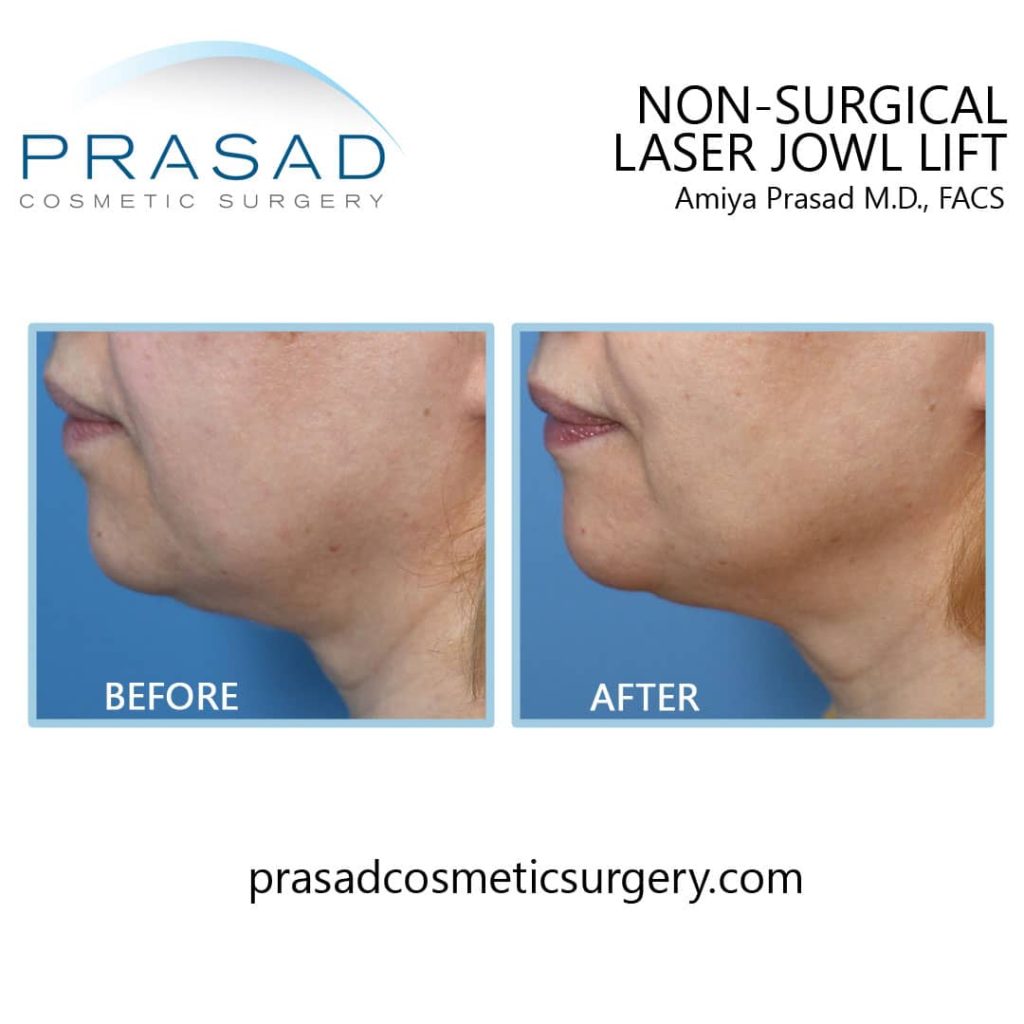
Combining Technologies for Optimal Skin Improvement
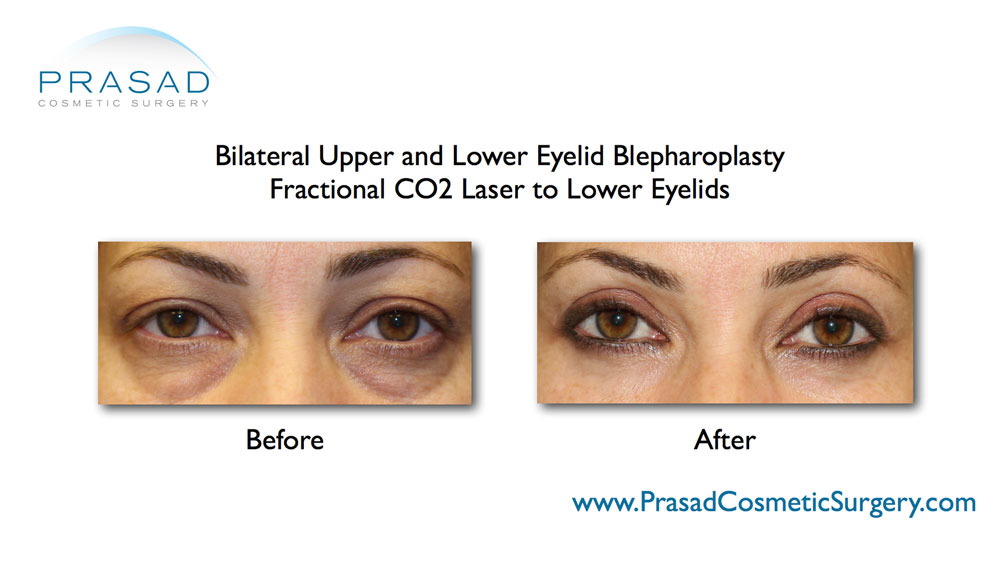
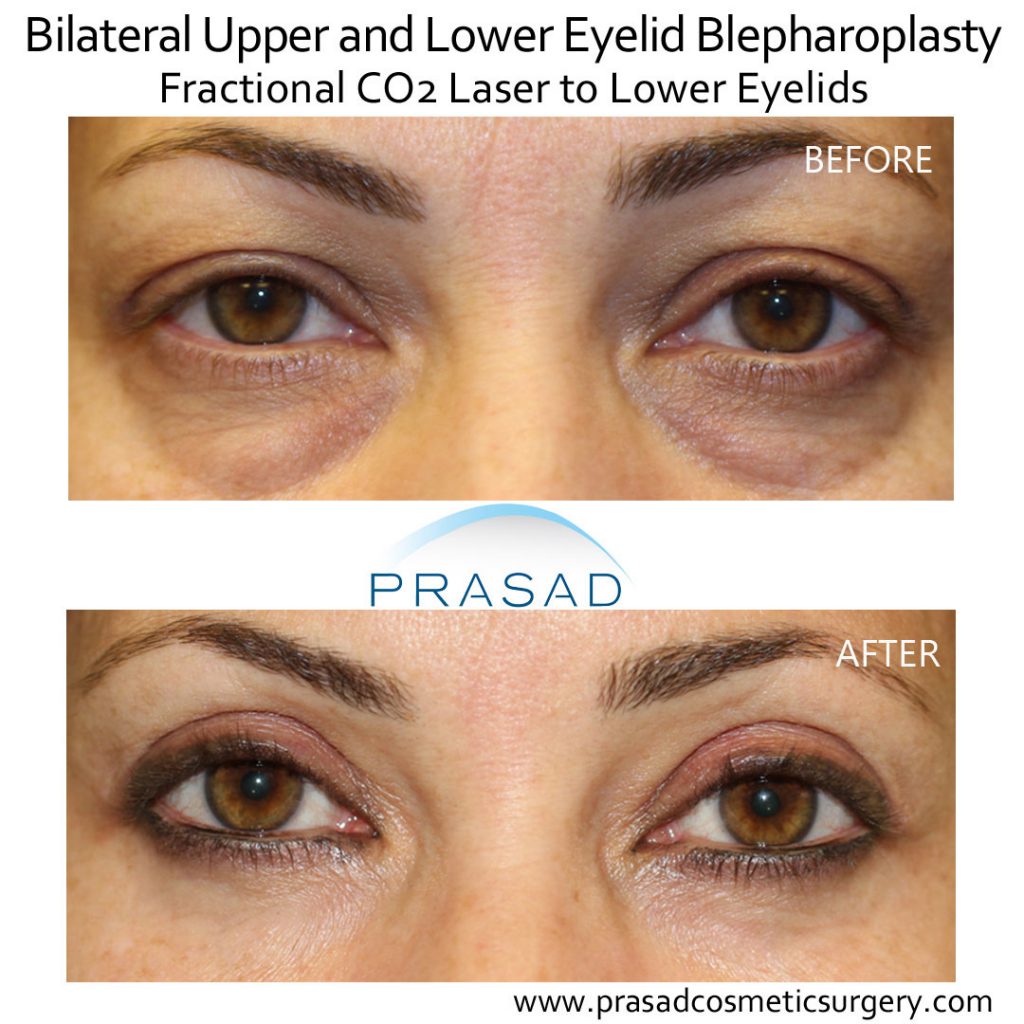
We must also consider a person’s skin’s potential capacity to produce collagen. Age, sun damage, smoking, and previous treatments will all limit your ability to produce collagen. Many of the people who come in for consultations have previously had chemical peels, laser treatments, or radiofrequency treatments. This means that thermal energy may have no effect, or that the skin’s integrity may be compromised. This is why, before committing to a treatment, a thorough examination by a highly experienced physician is essential.
I routinely combine technologies to improve the skin in my practice. Consider a common scenario: skin that has been damaged by chronically excessive sun exposure and aging. I use fractional and fully ablative Erbium and CO2 lasers to treat fine lines. I use a Q Switch laser to treat discolorations. I plan to use a combination of long pulsed Erbium and Nd:YAG lasers for dermal thickening.
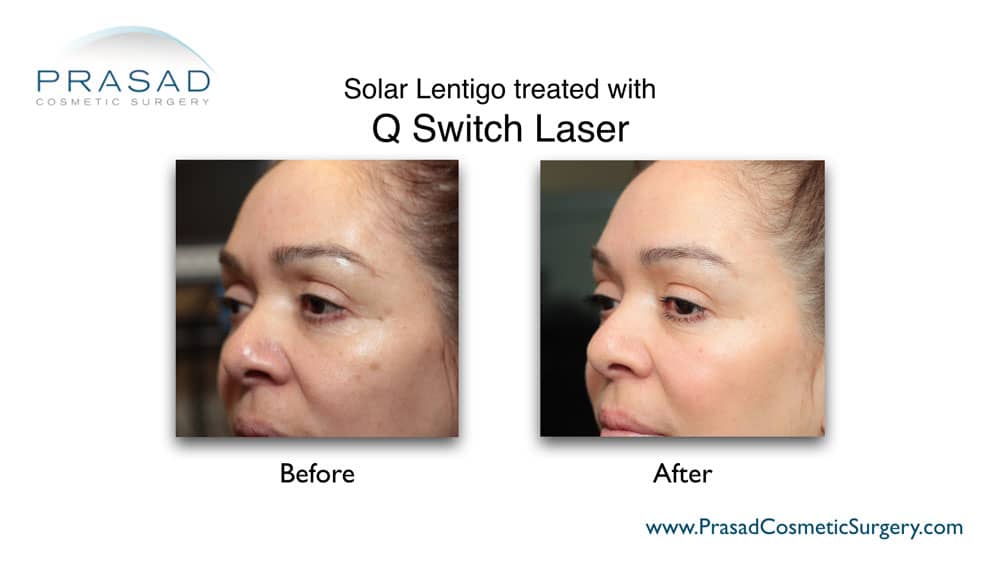
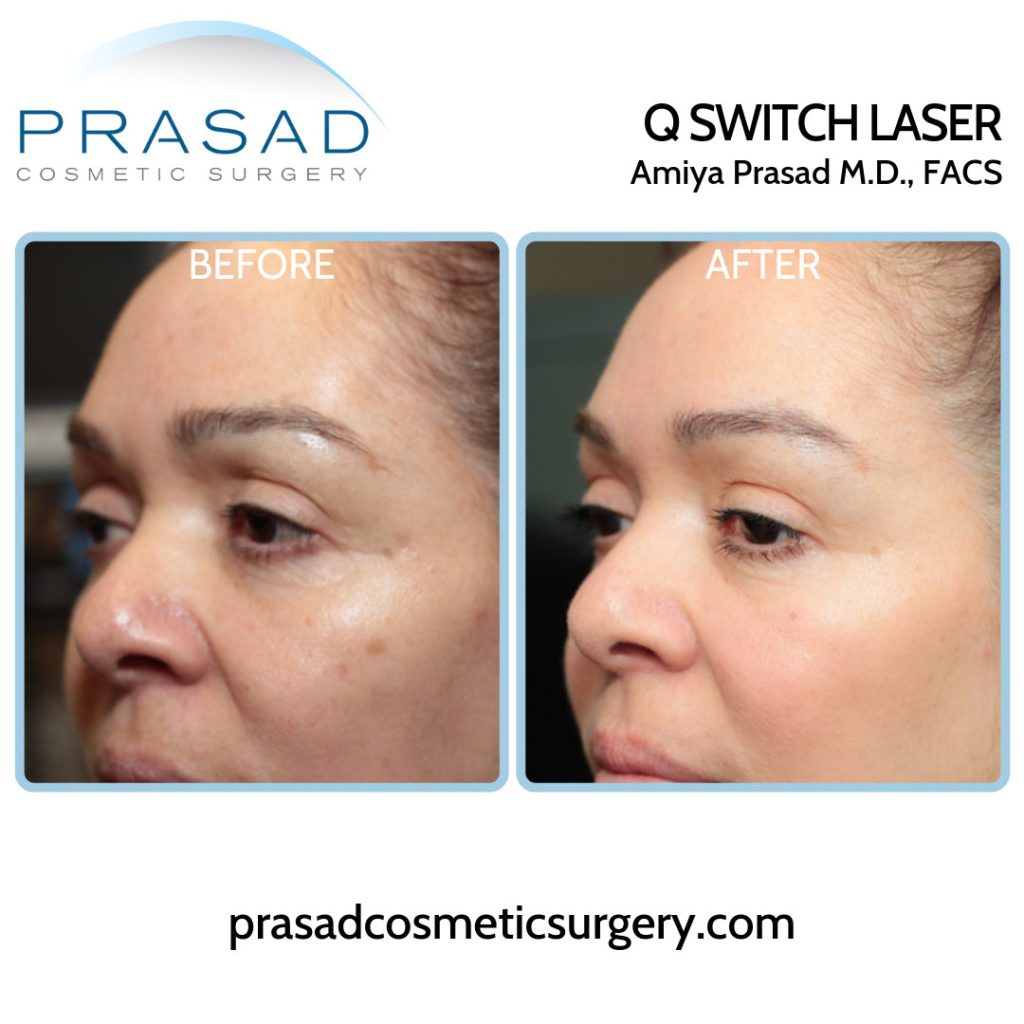
Long pulsed Nd:YAG technology can be used for both skin remodeling, tightening, as well as fat reduction. For many patients, I will also perform a procedure known as Skin Boosting. This is where I combine PRP or platelet rich plasma, with hyaluronic acid and deposit the mixture directly into the dermis using a device. This combination stimulates collagen production and improves the skin without the use of heat.
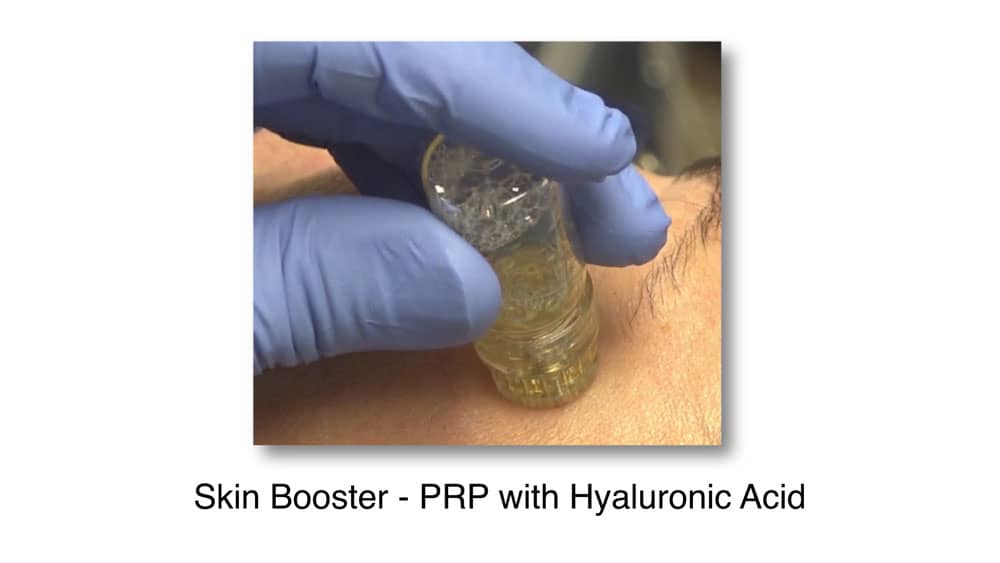
How We Can Help You Recover from Facial Volume Loss Caused by Thermal Energy Devices
Many people who come to our office upset and angry about facial volume loss caused by overuse of thermal energy devices elsewhere are relieved to have a rejuvenated appearance, which is a result of a rational approach from the inside out. A combination of Structural Volumizing (Y Lift), Skin Boosting, and an epidermal treatment such as HydraFacial usually result in a natural and improved appearance.
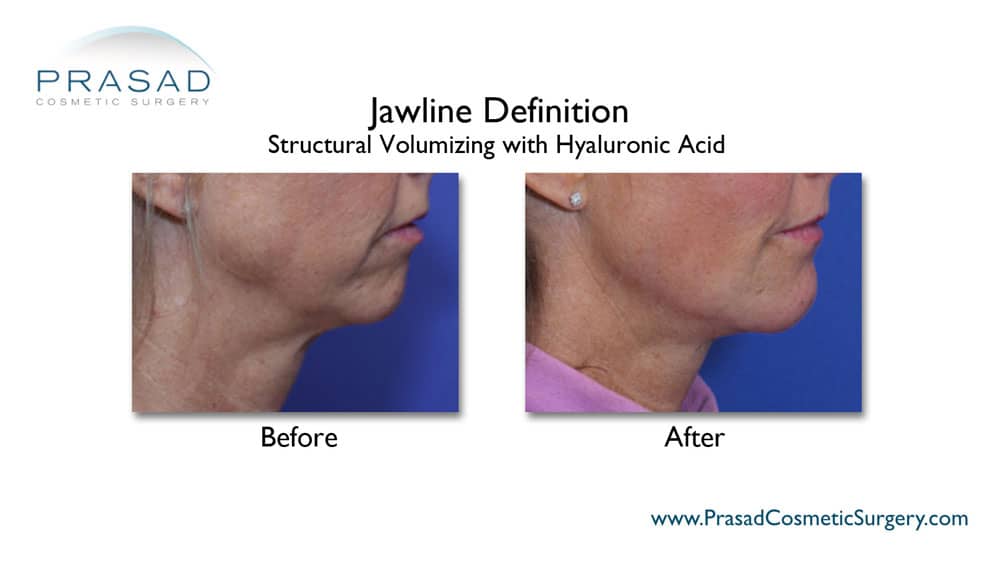
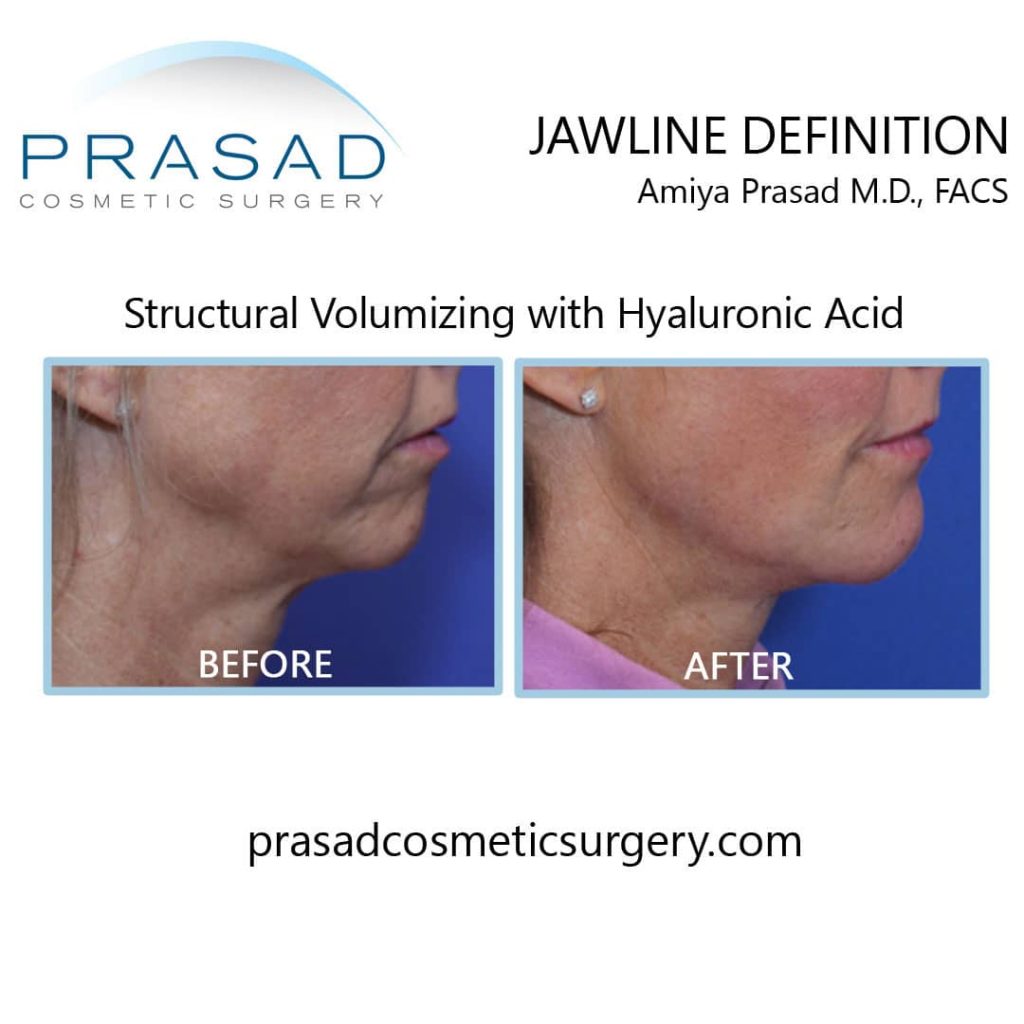
Deceptive and high-pressure marketing in the cosmetics industry is not going away anytime soon. The key is to find a doctor you can trust, who understands your cosmetic concerns, and can assist you in looking your best.
I hope you found this information helpful.
Facial Volume Loss Treatment NYC and Long Island, New York
Dr. Amiya Prasad is a Board-certified cosmetic surgeon, and a Fellowship-trained oculofacial plastic and reconstructive surgeon, practicing in Manhattan, and Long Island for over 25 years. He started using fully ablative CO2 lasers in the early 1990s. Since that time, he has continued to use light and radiofrequency-based technology in his practice to help people improve the appearance of their skin.
To schedule a consultation, fill out the contact form below, or you may call any of our offices at (212) 265-8877 for Manhattan, New York City; (516) 742-4636 for Garden City, Long Island; or (703) 356-1336 for Vienna, Virginia.
